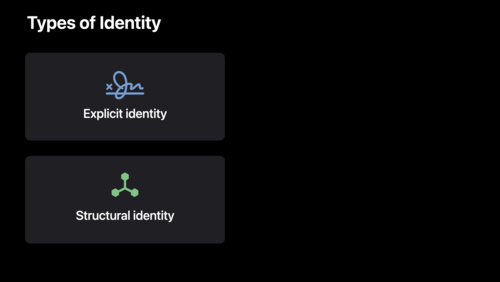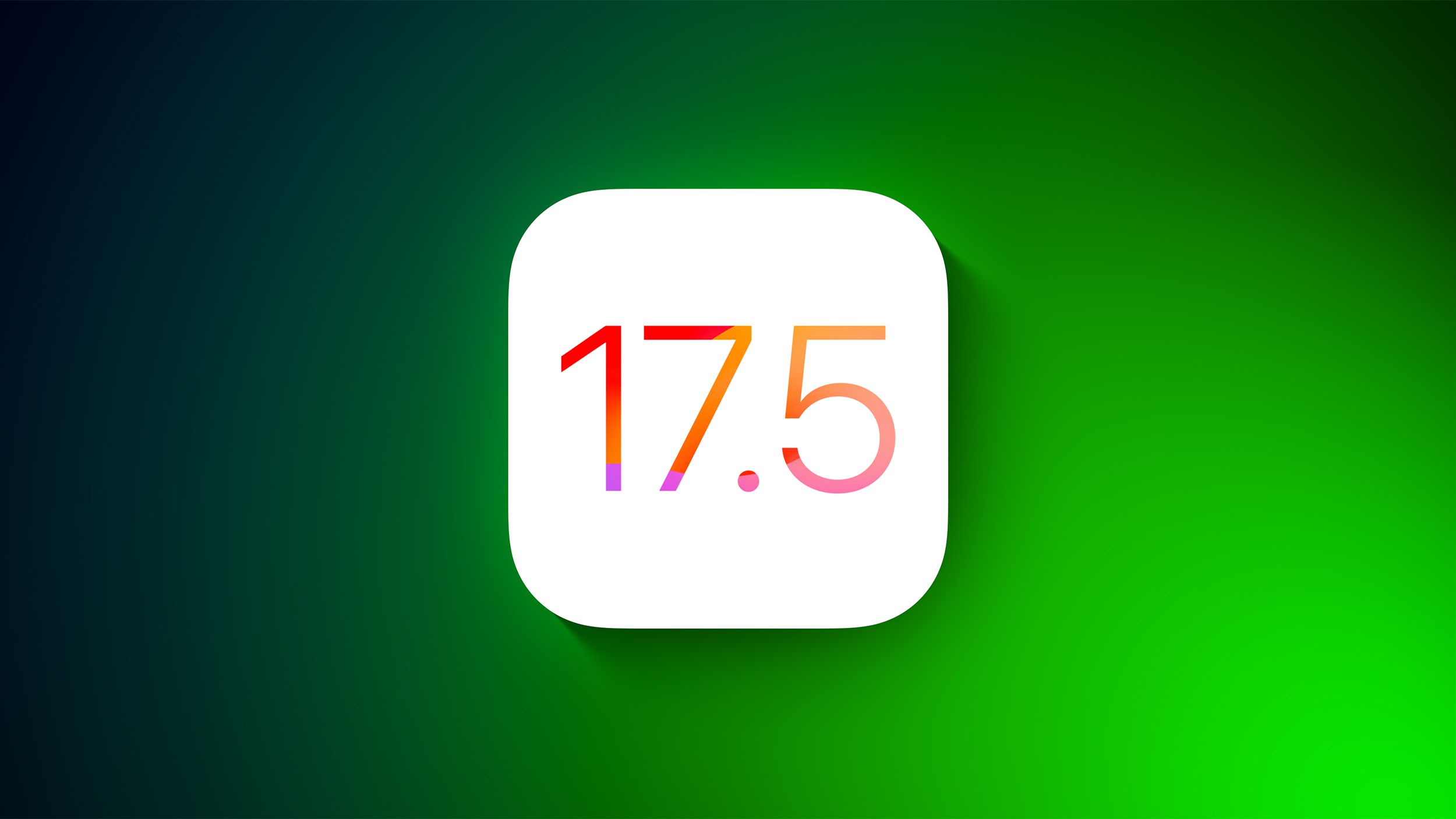
Why Choose ULIDs Over Traditional UUIDs or IDs for Database Identification?
Database security is really important when it comes to building custom web applications. One of the most common mistakes people make when creating their database is using regular IDs.
Not only are they in chronological order and visible with just an inspect on the network of dev tools, but also finding vulnerabilities and reverse-engineering your web app can be 10 times easier.
Today, we are going to see one alternative to both UUID and regular IDs. I've implemented this on all of my custom website apps in the past year.
To begin with, you can read the ulid spec here and see for yourself, but let's cover some important facts. ULID stands for Universally Unique Lexicographically Sortable Identifier. As its name implies, it is unique and sortable, and it looks like this 01ARZ3NDEKTSV4RRFFQ69G5FAV.
It has implementations for almost every language and can replace the other two in almost every scenario. In other words, wherever you need indexing and sharding, you can use ULID.



















